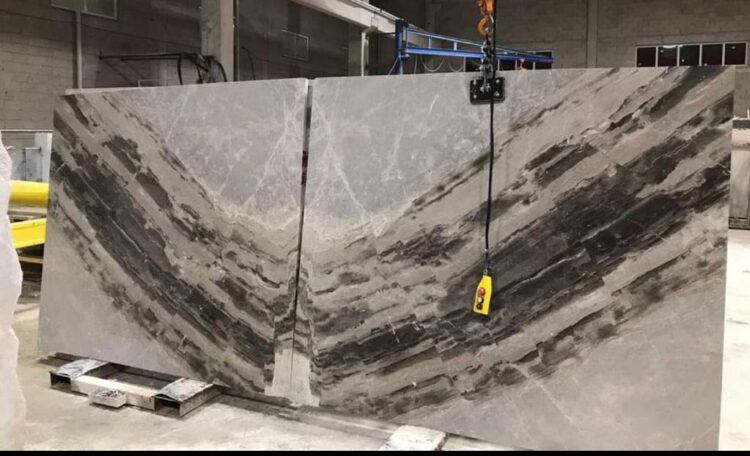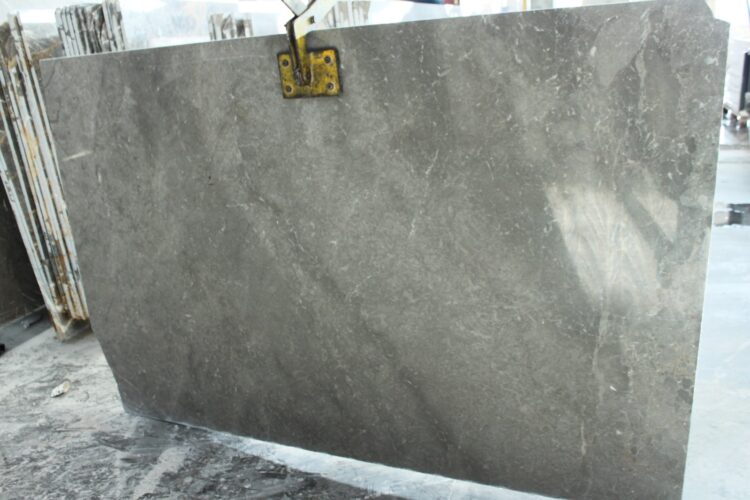Onyx is a material mostly used in interior decoration, especially when the image of luxury and splendor is desired to be reflected.
Considered a semi-precious stone, this always aesthetically striking material is a sedimentary rock and a quartz variety similar to chalcedony. It is identified as agate and has straight and parallel bands of different colors. If we visit a good exhibition hall specializing in natural stone, we will see it displayed in the “exotic stones” section.
The origin is varied, and the most appreciated ones come from countries such as Mexico, Iran, Pakistan, and Afghanistan, but there are also quarries in other parts of the world.
Colors
Onyx is available in a wide range of colors. We can say that all colors are there: white, yellow, orange, pink, red, red, green, blue, blue, brown, and black. The colors most in demand today in different markets around the world are the “honey” shade, i.e., orange and yellow, as these are the colors that create a wonderful visual effect when backlit (one of the main characteristics of this material). The white color is also very popular; one can mention those with a golden shell, such as white onyx from Iran.
The “sand” or brown tone is a favorite when the veins are steep. Mexican black onyx is highly appreciated, and it can be cut into large slabs like marble.
Blue is another color that people want. The pink color is also in high demand, but due to its premium price, people turn to other alternatives.
Translucency
Being a translucent material, onyx allows light to play, which helps to create relaxing and elegant environments. However, it is necessary to pay attention to how light is used because if it is not done properly, keeping the necessary distance, the stone can heat up. The degree of transparency depends on the color, thickness, and structure of the surface.
Extraction and Processing
Onyx can be a very complex material to work with because it is not strong; it is like crystal. The extraction of blocks in quarries can be complex; unlike granite and marble, large-sized blocks are difficult to obtain, except in rare cases. Processing in factories is not easy; first, it is necessary to protect the block and do it carefully, which contributes to its higher price compared to marble. Slabs tend to be small in size, usually 1.5 x 1.5 m.
There are two types of cuts:
1. Transversal: This type of cut produces circular designs. The material becomes more transparent and suitable for lighting.
2. Vertical: In this type of cut, the resulting patterns are linear.
Since onyx is a relatively soft material and has a high price in the market, the stone must be properly processed in the factories. The smallest holes and gaps in the veins must be properly filled with resins. Please do this properly to avoid all kinds of problems in a short time.
Applications
Onyx applications are always for interiors; it is not recommended to use onyx for exteriors or flooring. Onyx can be used on walls, reception bars in hotels, bars, stairs, furniture, and decorative elements. Being a versatile element, it can be adapted to all kinds of styles and different designs.
Before choosing Onyx for countertops, whether in the kitchen, bathroom, restaurant, etc., one must take into account that it is a soft material. As with some types of marble, scratches can occur, and stains can be absorbed in daily use. For this reason, it needs special care and needs to be cleaned frequently. It also needs to be reinforced with fiberglass before use.







































 +90 532 585 51 95
+90 532 585 51 95 +90 532 585 51 95
+90 532 585 51 95